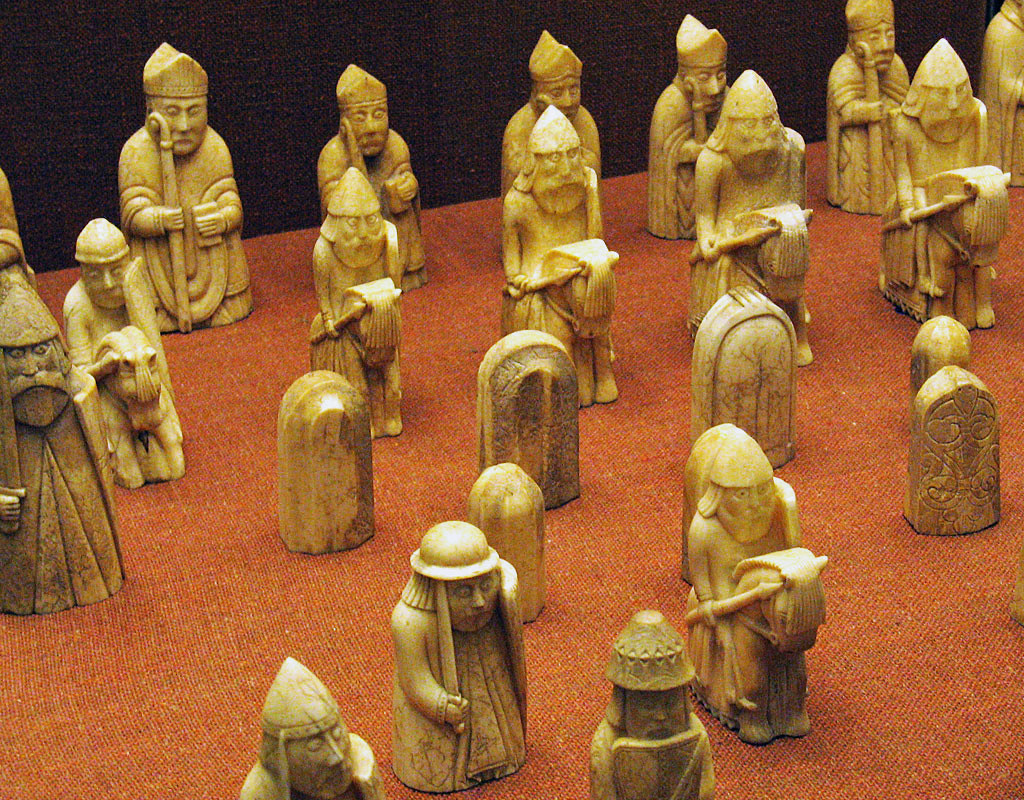
Screen Shot of Homepage for University of Brighton’s Design Archives listing the individual archives, news and events.
Proving the worth of my own archive (flyers, handouts and notes filed), this post recalls an event that spurred me on to apply for an AHRC Collaborative Doctoral Award. Overlooking the time-lag, another prompt to this post is the fact (and it’s a surprise even to me) that archives have become central to my methodology. During my doctoral research I’ve attended a number of academic events at which issues relating archives have been discussed; in this and a subsequent post, I’ll attempt to document those debates.
Archiving Design Organisations
“A Design Archives seminar funded by the Design History Society”
University of Brighton
Grand Parade, Brighton
6 June 2011
Being (at the time) a Visiting Lecturer at University of Brighton and therefore on an events mailing list, news of this day-long-seminar popped into my uni inbox…I was enticed…
Curatorial Director of the Design Archives, Professor Catherine Moriarty, welcomed delegates and identified three themes running through the day’s talks: the historical legacy of design organisations and the responsibility of telling their histories; the current activity of design organisations and how to manage material, record activity and make the past public in a digital age; and, shifts in the way designers work, the future of the design profession and of representative organisations. Catherine also posted a write-up of the event, here.
Professor Jonathan M. Woodham, then in post as Director of Research and Development, recalled how in 1994 the Design Council was reorganised following a report that recommended vacating its Haymarket headquarters; staff cuts of 90% followed. During an event at London’s Design Museum Jonathan voiced his objection to a proposal that the Design Council’s photographic archive be relocated to the Museum, pointing out that “it was a free and public library created with public money, so why should we pay to use it”. He later invited the Design Council to deposit its records at University of Brighton’s Design Archives and “two enormous pantechnicons of material” arrived; 17 years later “we’re still mining it”.
Continue reading

